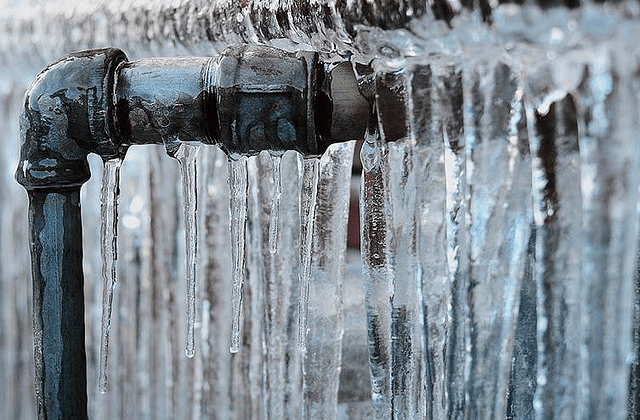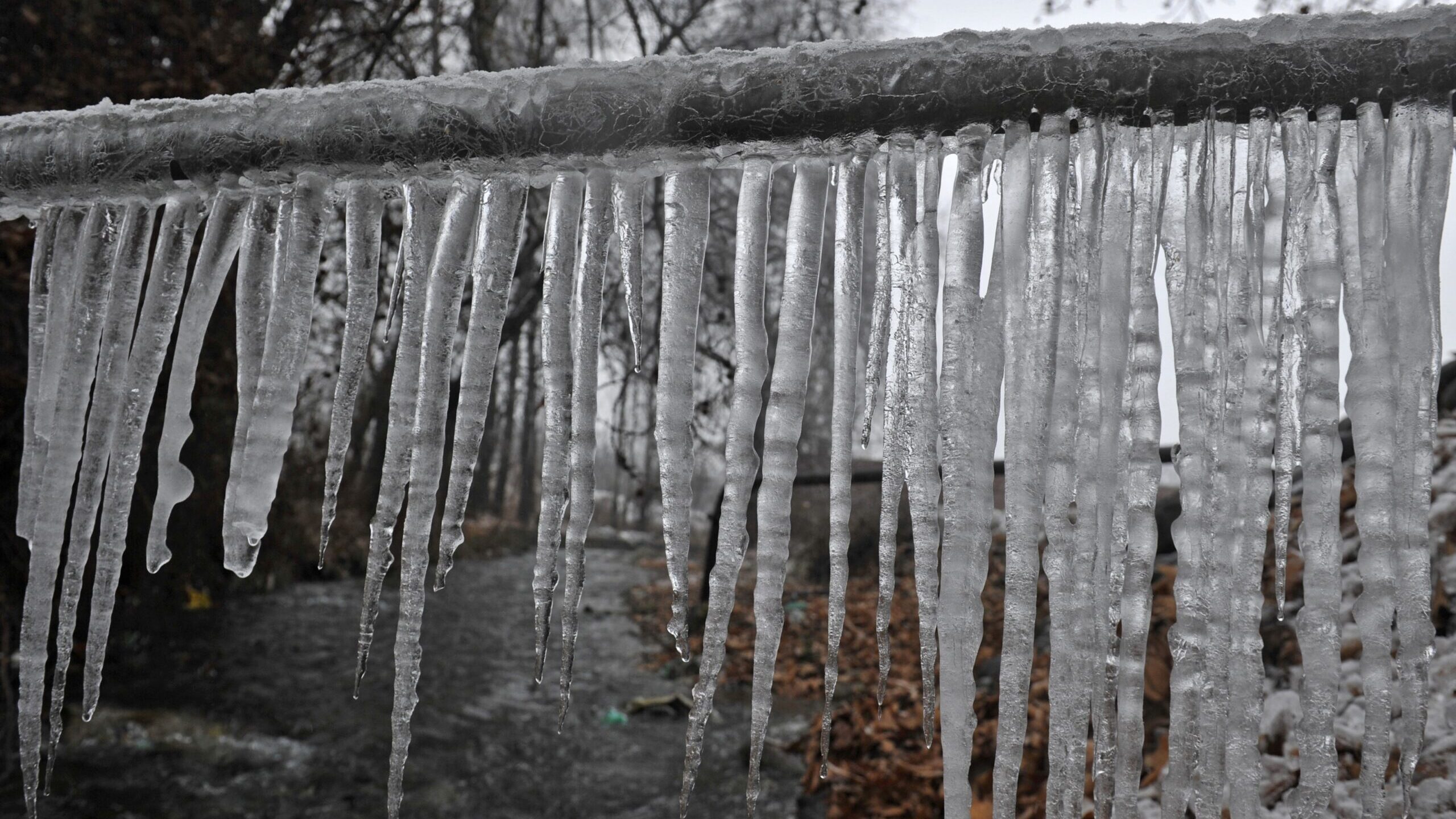Key Methods for Avoiding Frozen Pipes in Winter
Key Methods for Avoiding Frozen Pipes in Winter
Blog Article
On this page in the next paragraphs yow will discover lots of very good insights in regards to Winter Plumbing Precautions: Preventing Frozen Pipes.

Winter can ruin your plumbing, particularly by freezing pipelines. Here's just how to avoid it from taking place and what to do if it does.
Intro
As temperatures decline, the threat of frozen pipelines increases, possibly bring about pricey repair services and water damage. Understanding just how to avoid frozen pipelines is vital for property owners in cold environments.
Prevention Tips
Shielding prone pipes
Wrap pipelines in insulation sleeves or use warm tape to protect them from freezing temperatures. Focus on pipes in unheated or exterior areas of the home.
Home heating techniques
Keep indoor rooms sufficiently warmed, especially locations with pipes. Open closet doors to permit warm air to circulate around pipes under sinks.
How to determine icy pipelines
Search for reduced water flow from taps, unusual smells or noises from pipes, and noticeable frost on exposed pipelines.
Long-Term Solutions
Architectural adjustments
Think about rerouting pipes far from exterior wall surfaces or unheated locations. Include added insulation to attics, basements, and crawl spaces.
Updating insulation
Invest in top quality insulation for pipes, attic rooms, and walls. Proper insulation helps keep consistent temperature levels and minimizes the danger of frozen pipelines.
Shielding Outside Plumbing
Yard hose pipes and exterior taps
Disconnect and drain yard hoses prior to winter months. Install frost-proof spigots or cover exterior faucets with protected caps.
Recognizing Frozen Pipes
What triggers pipelines to freeze?
Pipelines freeze when subjected to temperature levels below 32 ° F (0 ° C) for extended durations. As water inside the pipes ices up, it broadens, taxing the pipeline walls and possibly triggering them to burst.
Dangers and problems
Icy pipes can result in supply of water disturbances, residential or commercial property damage, and pricey repair work. Burst pipes can flooding homes and cause considerable architectural damage.
Indicators of Frozen Piping
Determining icy pipelines early can avoid them from bursting.
What to Do If Your Pipelines Freeze
Immediate activities to take
If you presume icy pipelines, maintain faucets available to eliminate pressure as the ice thaws. Utilize a hairdryer or towels soaked in warm water to thaw pipes gradually.
Final thought
Preventing icy pipes calls for positive actions and quick feedbacks. By comprehending the reasons, signs, and safety nets, homeowners can secure their pipes during winter.
5 Ways to Prevent Frozen Pipes
Drain Outdoor Faucets and Disconnect Hoses
First, close the shut-off valve that controls the flow of water in the pipe to your outdoor faucet. Then, head outside to disconnect and drain your hose and open the outdoor faucet to allow the water to completely drain out of the line. Turn off the faucet when done. Finally, head back to the shut-off valve and drain the remaining water inside the pipe into a bucket or container. Additionally, if you have a home irrigation system, you should consider hiring an expert to clear the system of water each year.
Insulate Pipes
One of the best and most cost-effective methods for preventing frozen water pipes is to wrap your pipes with insulation. This is especially important for areas in your home that aren’t exposed to heat, such as an attic. We suggest using foam sleeves, which can typically be found at your local hardware store.
Keep Heat Running at 65
Your pipes are located inside your walls, and the temperature there is much colder than the rest of the house. To prevent your pipes from freezing, The Insurance Information Institute suggests that you keep your home heated to at least 65 degrees, even when traveling. You may want to invest in smart devices that can keep an eye on the temperature in your home while you’re away.
Leave Water Dripping
Moving water — even a small trickle — can prevent ice from forming inside your pipes. When freezing temps are imminent, start a drip of water from all faucets that serve exposed pipes. Leaving a few faucets running will also help relieve pressure inside the pipes and help prevent a rupture if the water inside freezes.
Open Cupboard Doors
Warm your kitchen and bathroom pipes by opening cupboards and vanities. You should also leave your interior doors ajar to help warm air circulate evenly throughout your home.

I'm very eager about Helpful Tips to Prevent Frozen Pipes this Winter and I hope you appreciated our article. Loved our piece of writing? Please quickly share it. Let others locate it. We value reading our article about How to prepare your home plumbing for winter weather.
Free Estimates Report this page